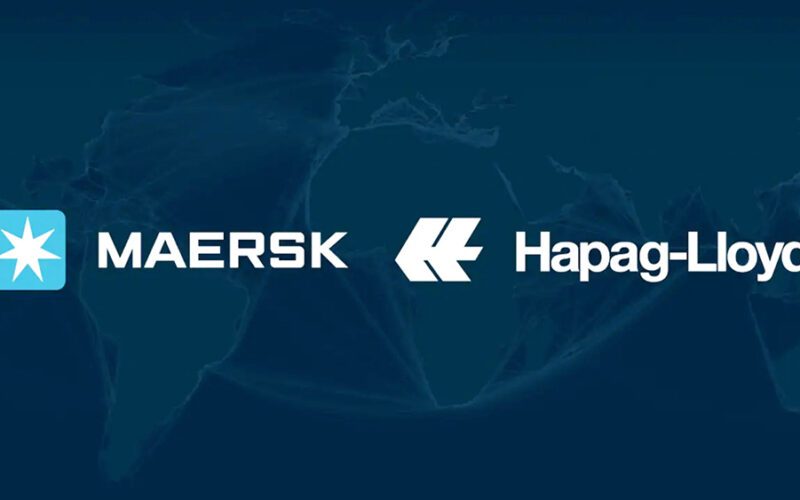
International shipping companies Maersk and Hapag-Lloyd in January announced that they’re joining forces to form a new network, which they’re calling Gemini Cooperation.
“Together we aim to develop a new best-in-class network starting in February 2025. This partnership will be a strong match as we have a shared ambition and commitment to deliver quality,” the shippers said in a joint statement.
“Through our combined fleets, our aspiration is to offer unrivalled schedule reliability, a far-reaching global network with competitive transit times and a reduced carbon footprint,” the statement continued.
Gemini Cooperation, which launches Feb. 1, 2025 and would comprise a fleet pool of around 290 vessels with a combined capacity of 3.4 million 20-foot equivalent units (TEUs); Maersk is expected to deploy 60% and Hapag-Lloyd 40%.
Also as part of the agreement, the partnership has set a target of delivering schedule reliability of above 90%, once the network is fully phased in.
“Improved service quality and improved transit times in many major port-to-port corridors as well as access to some of the world’s best connected ocean hubs, are some of the main things our customers can look forward to,” the companies said.
Other components of the agreement include:
- Both companies are to provide dedicated operational teams to manage the cooperation.
- Both Hapag-Lloyd and Maersk would be able to adjust their operations outside the network to scale capacity in line with their customers’ needs.
- The target of delivering a schedule reliability of above 90% once the network is fully phased in is backed by a governance model and contractual obligations.
- The cooperation would cover seven trades: Asia/U.S. West Coast, Asia/U.S. East Coast, Transatlantic, Asia/North Europe, Asia/Mediterranean, Middle East–India/Europe and Asia/Middle East.
- The cooperation would comprise of 26 mainline services, with the mainline ocean services complemented by a global network of dedicated shuttles centered around owned and controlled transshipment hubs: one shuttle service in the Gulf of Mexico, 13 in Asia, 14 in Europe and four in the Middle East. The shuttle services are anticipated to offer a fast connection with flexible capacity between hubs and ports served by shuttle services, and vice versa, according to the partnering entities.
“The extended shuttle network is also focused on agility, which enables competitive transit time, fast response to both disruptions and market changes,” the companies explained in a statement. “By incorporating more ways to reach each port, we therefore not only increase flexibility, but also better protect our network from disruption.”

